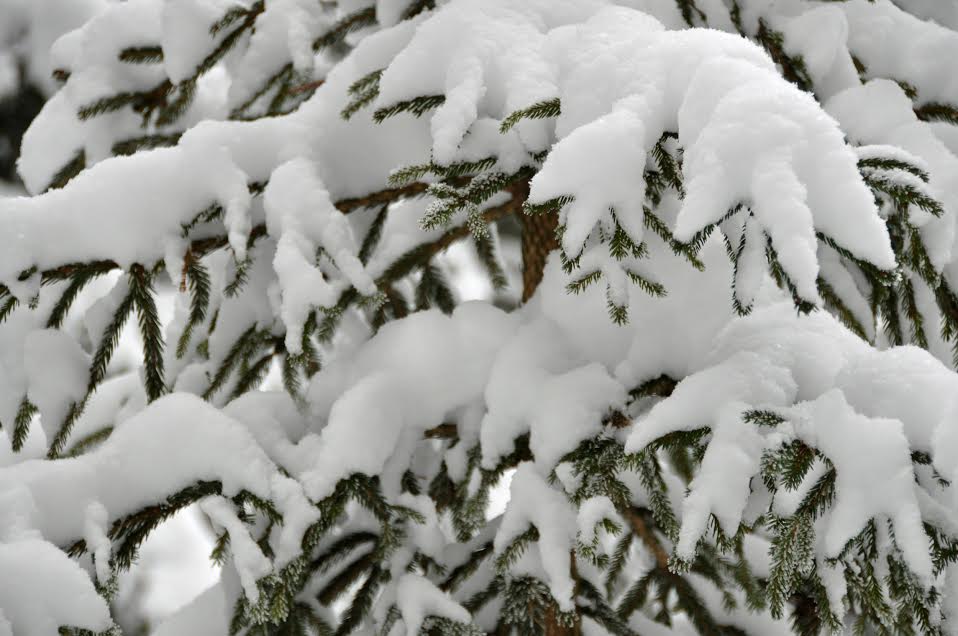February 23, 2015 | Anonymous
With record-breaking amounts of snow on the ground, Schumacher Companies has been busy answering questions from people wondering whether they should brush the snow off their plants or dig them out completely. Most of these concerned gardeners are asking specifically about evergreens like arbovitae and junipers. If the snow on the plants is light and fluffy, it is colder and further from melting. Ironically, this light, cold snow is not the type of snow to cause damage, but either way can be easily removed by sweeping a broom in a gentle, upward motion.

The more damaging snow, on the other hand, is wet and heavy, and is usually light snow that has melted and refrozen. Though this snow is more damaging, it is not recommended to knock this snow off the limbs or attempt to dig these plants out. The damage you can incur by trying to dig the plants out outweighs any benefits the plant will receive from having the snow and ice removed. Digging and moving the heavy snow will likely result in tree limb breakage and outer bark damage. Outer bark damage is concerning because this sturdy bark is needed to insulate the tree and protect its inner bark. If the inner bark is damaged, the tree may starve come springtime, and may not grow and develop correctly. Also, though the plants are dormant, they are still developing their buds for spring growth. Removing wet snow will remove these buds and hinder their growth.
It is also important to keep in mind that plants buried in the snow are insulated and protected. Additional snow accumulation won't hurt the plants, but throwing shoveled snow on them will. When snow is thrown on top of more snow, it compacts and becomes dense and heavier per square foot. Also, salt from driveways and walkways could end up on the plants if you try to dig them out, and this damaging salt will end up embedding in the soil come spring.
The best way to truly protect your plants is to use a preventative approach. In the fall, wrap vulnerable plants in burlap or tie trunks with twine or nylon. For now, however, rest assured that your plants will be more likely to thrive this spring if they are left alone now. Given enough time and sunshine, they will recover from this record winter just like we will.


Add new comment